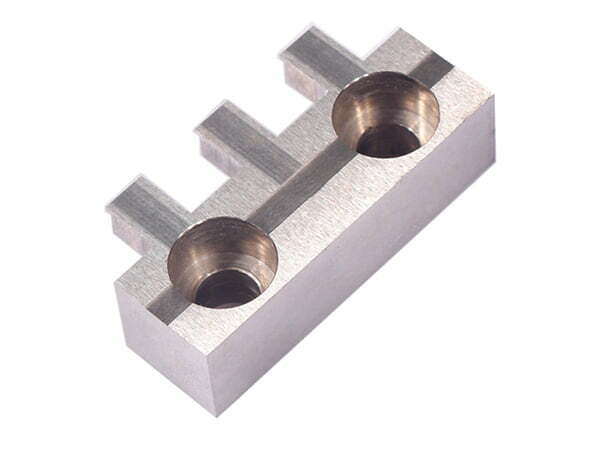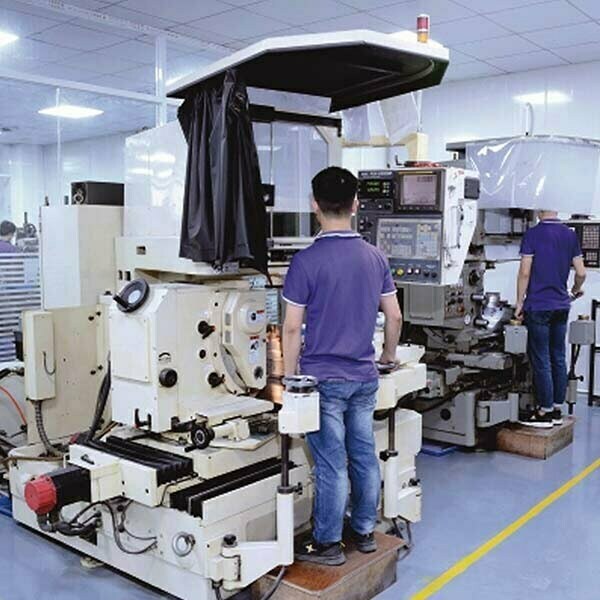Turning and milling are two typical types of cutting operations. Cutting is a method of using tools to cut and machine various materials such as metals, plastics and wood into a desired shape. It is a processing method to remove chips from the base material and belongs to "removal processing". During cutting, the tool scrapes the material by moving the tool relative to the material.
When moving the tool and material relative to each other, rotating the tool or material enables high-speed and efficient machining. Turning uses a device called a lathe, a method of rotating the material to transfer and contact the tool for machining. Milling uses a piece of equipment called a milling machine, a way to feed and apply a fixed material by rotating the tool.

Lathe machining excels at machining round objects
The elements that make up a lathe are the spindle that holds the material and rotates it, and the tool holder that moves the cutting tool. There is an auxiliary push rod to dampen the material runout. Since lathe machining is performed by rotating the material.
Therefore the part being machined is machined as a cylindrical, conical or spherical shape. Geometrically, the shape of the cross section perpendicular to the axis of rotation is circular. Not only can the round shape be machined, but also the outer diameter and the tapped inner diameter can be machined.
To improve the machining accuracy of the lathe, the material must be centered when clamping it to the spindle. In the case of cylindrical material, a three-chuck chuck is often used. The material does not have to be round and can be held in a four chuck chuck.
However, it takes time to center. Machining with an eye toward mass production requires initial costs, but by preparing a dedicated chuck, the machining time per part can be reduced.













